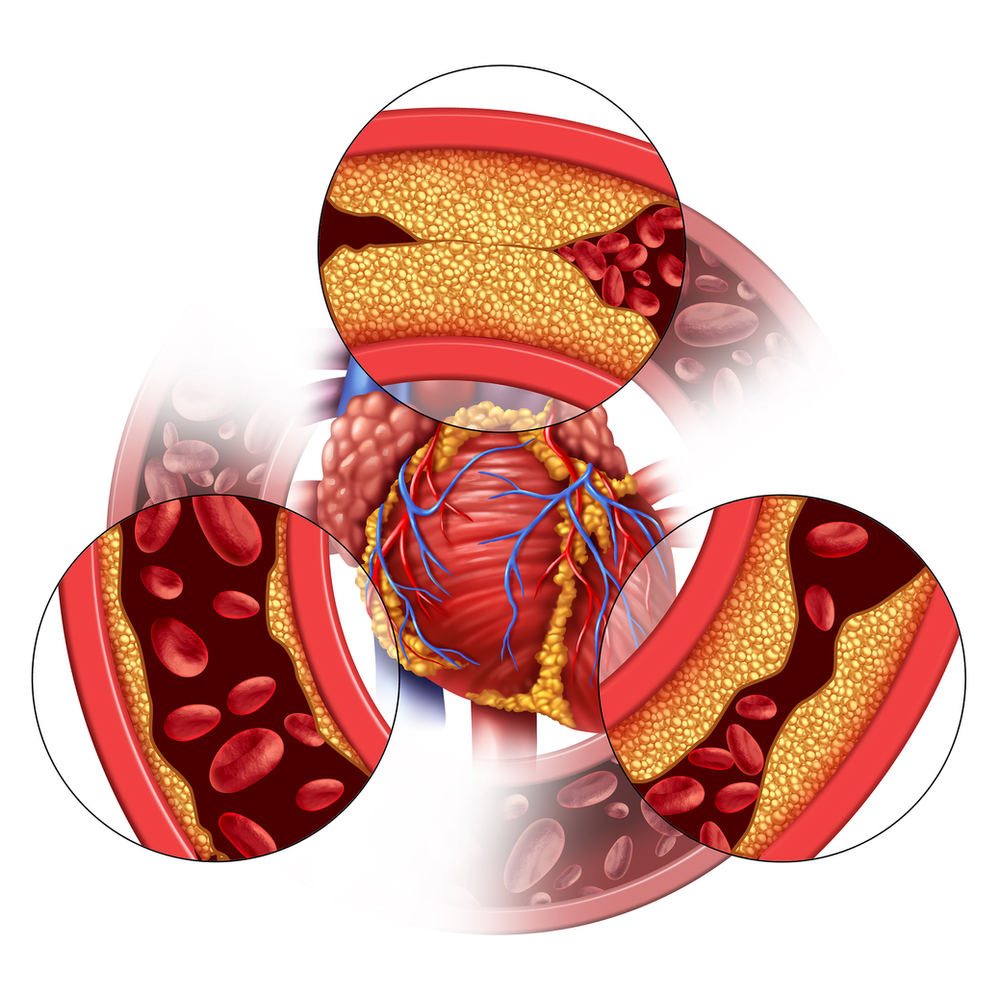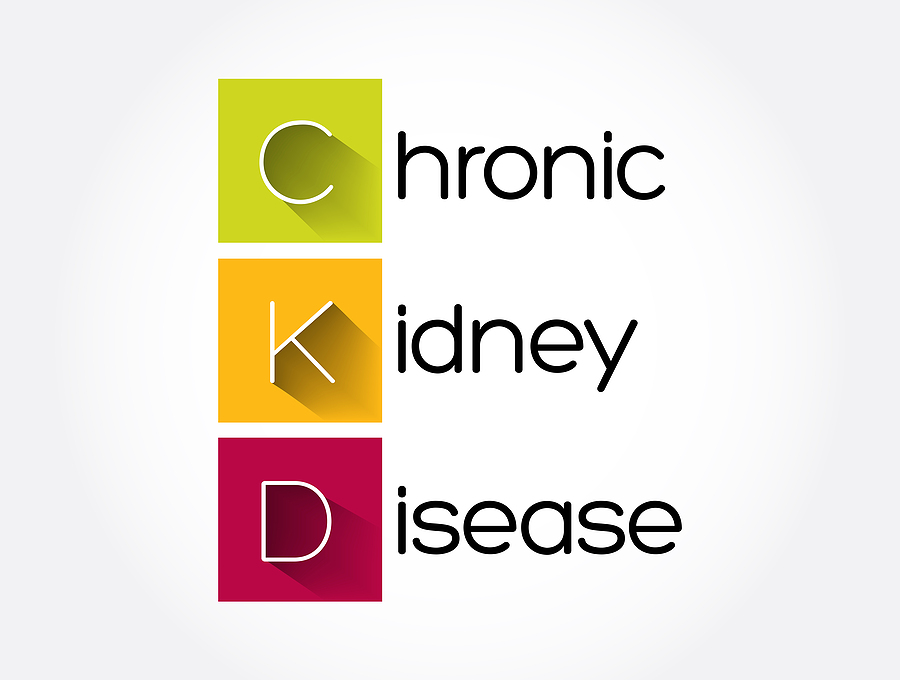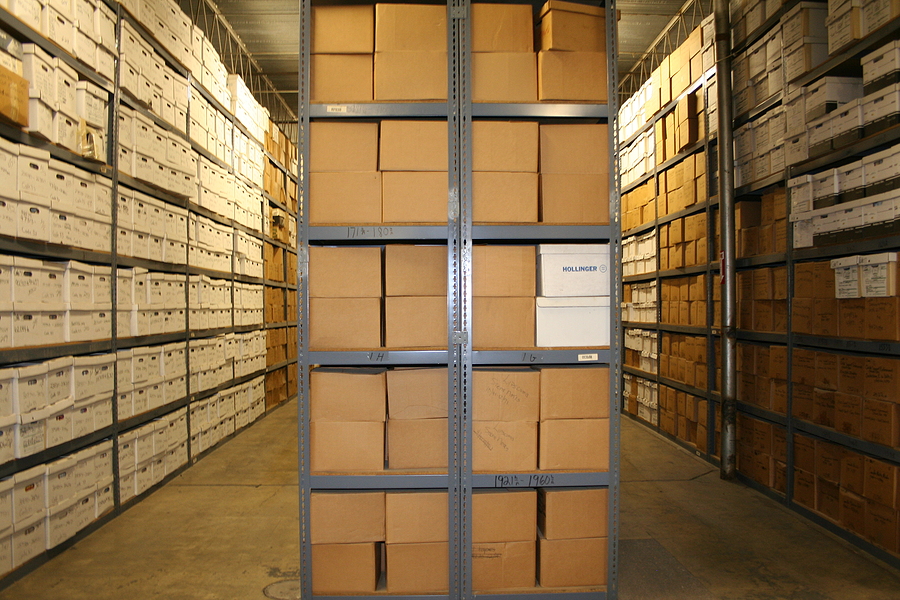Coronary Heart Disease (CHD) goes by many names. As you might imagine, when it comes to medical certification, the FAA is concerned about all of them – and with good reason. At the forefront in the minds of many an aerophobe is the vision of their pilot clutching his chest before slumping over the controls in the aftermath of a massive heart attack.
Hysteria aside, incapacitation or death due to heart attack, or Myocardial infarction (MI), is a real concern. By some estimates, sudden cardiac death is responsible for 15 percent of all fatalities in the industrialized world [1] or about 450,000 annually in the United States [2]. Heart disease is a common problem among aging pilots and few medical conditions pose a more direct or devastating threat to aviation safety.
If you have chest pain, shortness of breath, palpitations, or any other symptoms associated with your heart, stop reading, seek medical attention, and get your health problems under control. If you have already done that, read on.
14 CFR Part 67 lists CHD as one of the FAA’s, specifically disqualifying conditions, albeit in rather a verbose language: “coronary heart disease that has been treated or, if untreated, that has been symptomatic or clinically significant.” As if afraid that one phrase was not broad enough, Part 67 also lists two common consequences of untreated CHD: angina pectoris, which we have written about before, and myocardial infarction. Still, wondering if this might apply to you? In its guide for medical examiners, the FAA goes on to include any history of atherectomy, brachytherapy, Coronary Bypass Grafting (CABG), Percutaneous Transluminal Coronary Angioplasty (PTCA), rotoblation, stent insertion, and minimally invasive procedures by incision or robot operations as de facto proof of CHD [3].
Even that list is not all-inclusive, but enough with the medical jargon. The point is, if you have a cardiac condition, chances are that the FAA wants to know about it. The bad news is that demonstrating you are medically safe to fly will take a lot of time, effort, and coordination with your doctors. The good news is that it is absolutely doable. Even though CHD is a disqualifying condition by law, the FAA has discretionary authority to grant special issuances to pilots with well-controlled medical conditions. If your CHD has been well managed by your physicians, there is even a good chance that you have already accomplished most of the documentation the FAA will require.
It orders to earn an FAA medical certificate after being diagnosed with CHD, you will need to do EVERYTHING on the following list:
- Have no current symptoms of CHD such as chest pain or shortness of breath during exercise
Pass the appropriate stress test according to, FAA standards - Submit all relevant medical records related to your CHD diagnosis and treatment
- Submit a current, Cardiovascular Evaluation and current status report from your treating physician
- For 1st class or unrestricted 2nd class certificates, an acceptable cardiac catheterization and stress test must be repeated three to six months after initial treatment
This is a simplified list. The timing and quality for each of these requirements are critical and may vary somewhat based on which complications of CHD you have experienced and what procedures your doctors used to treat them.
Most importantly, if you’ve developed CHD, you need to make sure to follow your doctor’s advice regarding medication, diet, and exercise to avoid additional complications. If you are doing all that, getting your medical certificate will depend as much on a properly submitted application as it does on your recovery. We highly recommend, choosing an AME who is familiar with complex certification procedures and is willing to put in the time to do it properly. Depending on how it happens, a process that could take a few weeks can stretch into months or years. Helping pilots with difficult certification issues is our specialty. You can always, contact us to find out more about the process and help with preparing your request to the FAA.
Many people live long, full and productive lives after developing CHD and receiving treatment for some of its more severe complications. Whether you fly as a hobby for a living, there is no reason that well-treated CHD needs to end your flying career.
References:
[1] Z. J. Zheng, J. B. Croft, W. H. Giles, and G. A. Mensah, “Sudden cardiac death in the United States, 1989 to 1998,” Circulation, vol. 104, no. 18, pp. 2158–2163, Oct. 2001, doi: 10.1161/hc4301.098254.
[2] Centers for Disease Control and Prevention (CDC), “State-specific mortality from sudden cardiac death–the United States, 1999,” MMWR Morb Mortal Wkly Rep, vol. 51, no. 6, pp. 123–126, Feb. 2002.
[3]“Guide for Aviation Medical Examiners.” https://www.faa.gov/about/office_org/headquarters_offices/avs/offices/aam/ame/guide/dec_cons/disease_prot/coronary/ (accessed Mar. 13, 2022).





